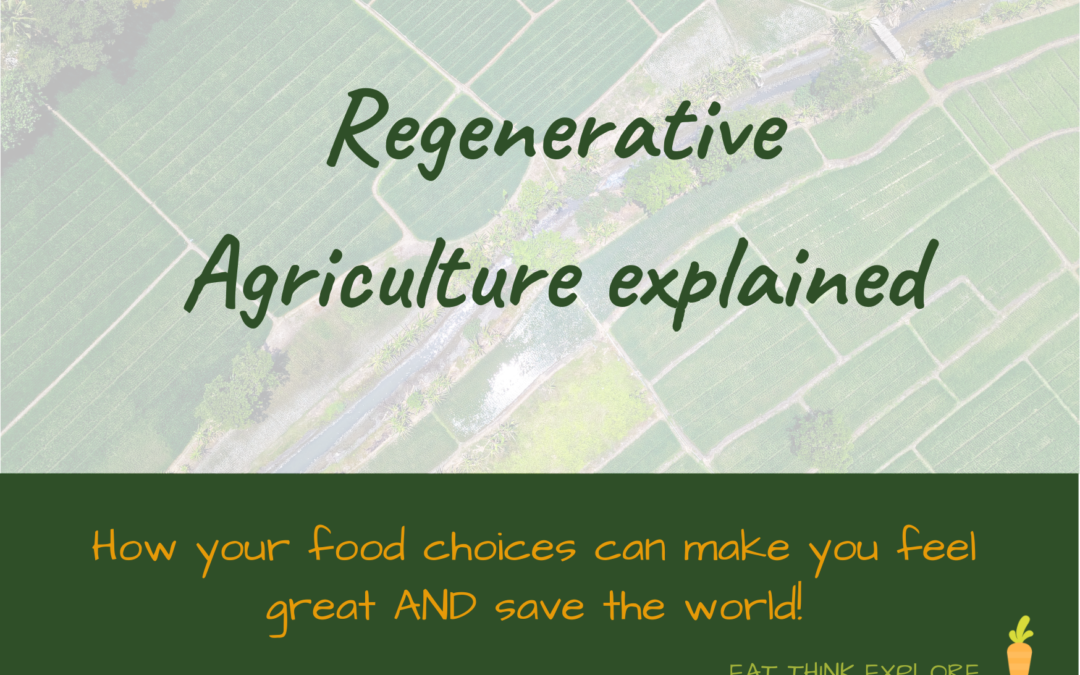Regenerative agriculture is not a term many of us are familiar with. But I’ve fallen in love with it as it aims to heal our planet, our bodies and our communities, on a global scale! I’m going to give you a speedy lowdown on what regenerative agriculture is, why it’s so great and how you can get involved (if you feel as inspired as I do after learning about this!). I’m keeping it all as brief as I can. Let’s get into it…
Regenerative agriculture in a nutshell
Simply put, regenerative agriculture or regenerative farming tries to improve the land, particularly the health of the soils, by increasing biodiversity and promoting natural processes i.e. using nature to improve fertility rather than applying fertilisers and pesticides. This means planting cover crops to prevent bare soil between crops, rotating crops to prevent soil exhaustion, ploughing the soil less so that the soil microorganisms are not disturbed and so less carbon is released into the air, and integrating some livestock into the system in mob grazing to fertilise and promote growth.
The idea is to create a sustainable farming system that is better for the environment and produces healthier, more nutrient dense food.
We can’t ask for more than that!
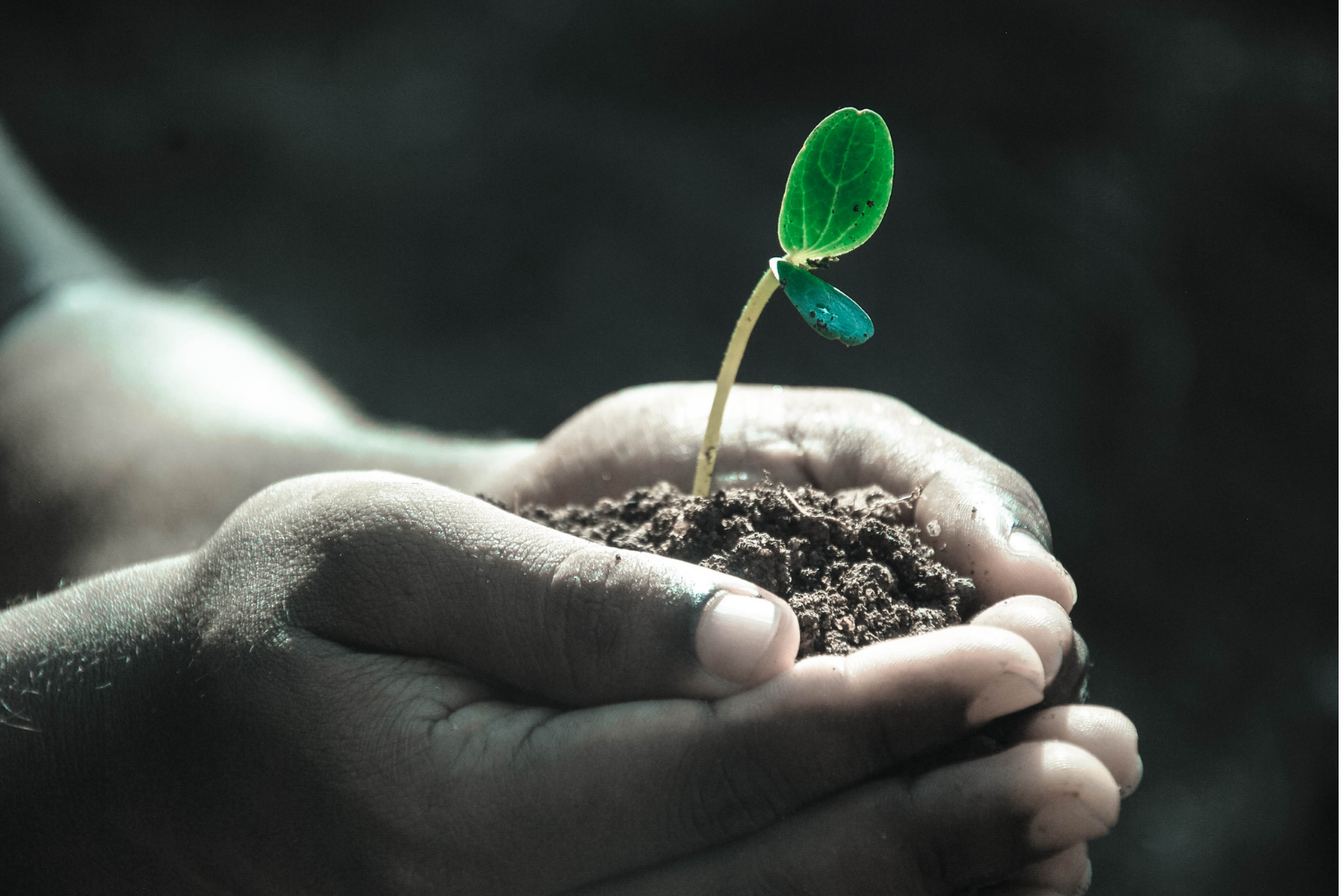
What are the main benefits?
Only saving the world! Ok, that sounds a bit grandiose, but it really can make things better. Some of the benefits are:
#1 - Reversing global warming
That’s right, not just slowing or stopping, but reversing! Our soils have the power to store huge amounts more carbon than the trees or the oceans. Healthy soils store carbon, and regenerative farming is all about healthy soils.
#2 - Improving food stability globally
Healthier soils are more resistant to flooding and drought, so will give us more food stability, especially in regions where the recent extreme weather is becoming an increasing problem (which is many).

#3 - Fewer crop diseases, helping farmers have a more stable income
Crop rotations and increased biodiversity reduces the impact of diseases that decimate mono-cropped areas. This diversification also provides farmers with much more stability of income as if the price of one crop drops, or it’s a bad year for that crop, they have the others to rely on.
#4 - More nutritious foods for us
Healthier soils contain more nutrients, and these can be taken up by the crops, meaning we in turn get to consume more vitamins and minerals, which we need to be healthy.
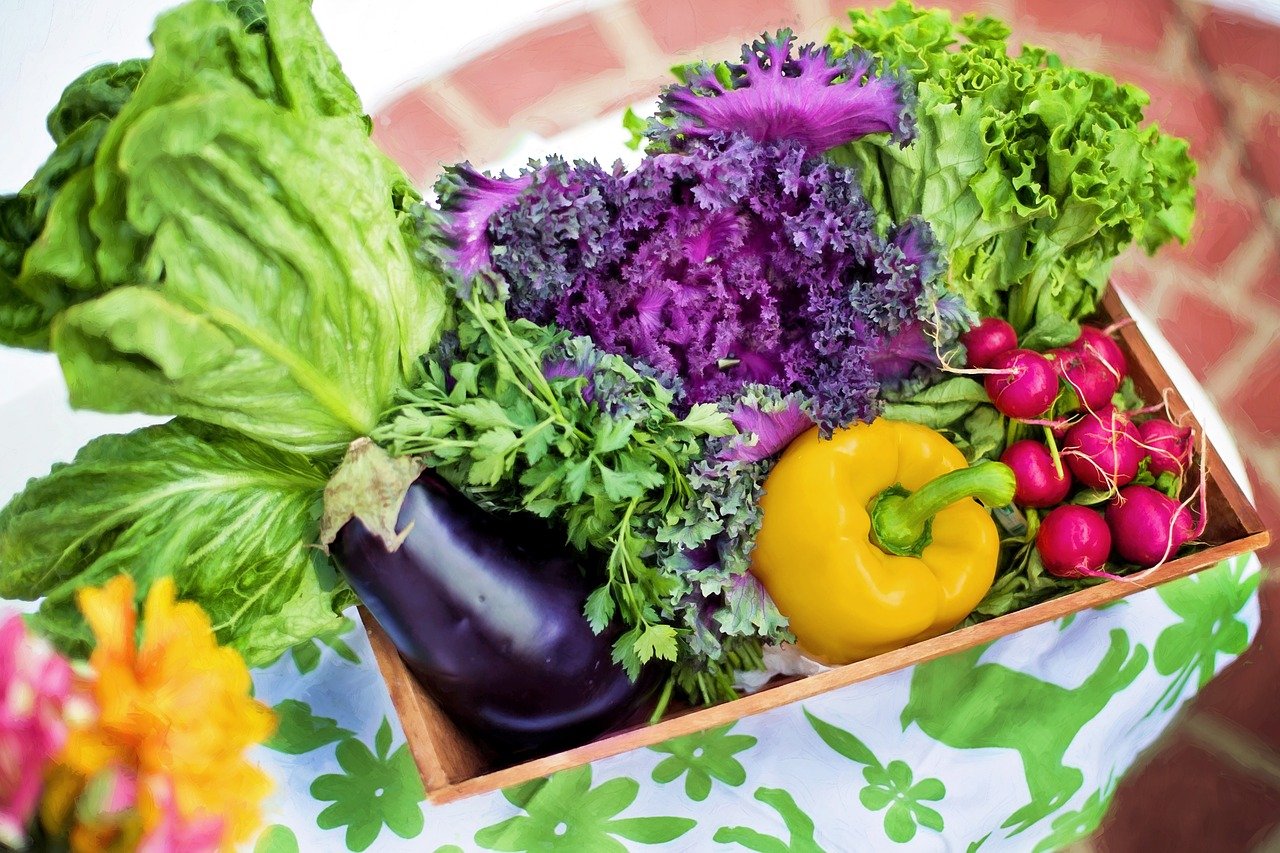
#5 - A lower carbon footprint for farming
With less external inputs, the carbon footprint of farming declines. Fertilisers are typically derived from fossil fuels, or mining outputs, and are manufactured using large amounts of energy. Then they have to be transported to the farms. Not sustainable, and not good for the environment or us. The cost to farmers also declines (external fertilisers are pricey) so they can be more profitable as small holdings.
#6 - Increased biodiversity
Not using the synthetic fertilisers, pesticides and herbicides means that the local wildlife benefits from increased diversity, rivers and the oceans they flow into are not polluted and we don’t consume these chemicals which have to be cleaned out by our bodies detox systems i.e. we are healthier.
Is this the same as organic farming?
Not really; both are trying to produce our food in more environmentally friendly ways, but there are some key differences, and regenerative farming goes a bit further:
Regenerative agriculture really focuses on improving and maintaining soil health. Organic farming still uses conventional ploughing/tilling methods which are very damaging to soils.
Whilst organic farming helps maintain biodiversity by not using pesticides and herbicides, regenerative farming brings even more biodiversity by intercropping, planting cover crops and planting a wider range of crops. Different plants provide more habitats and foods for insects and wildlife.
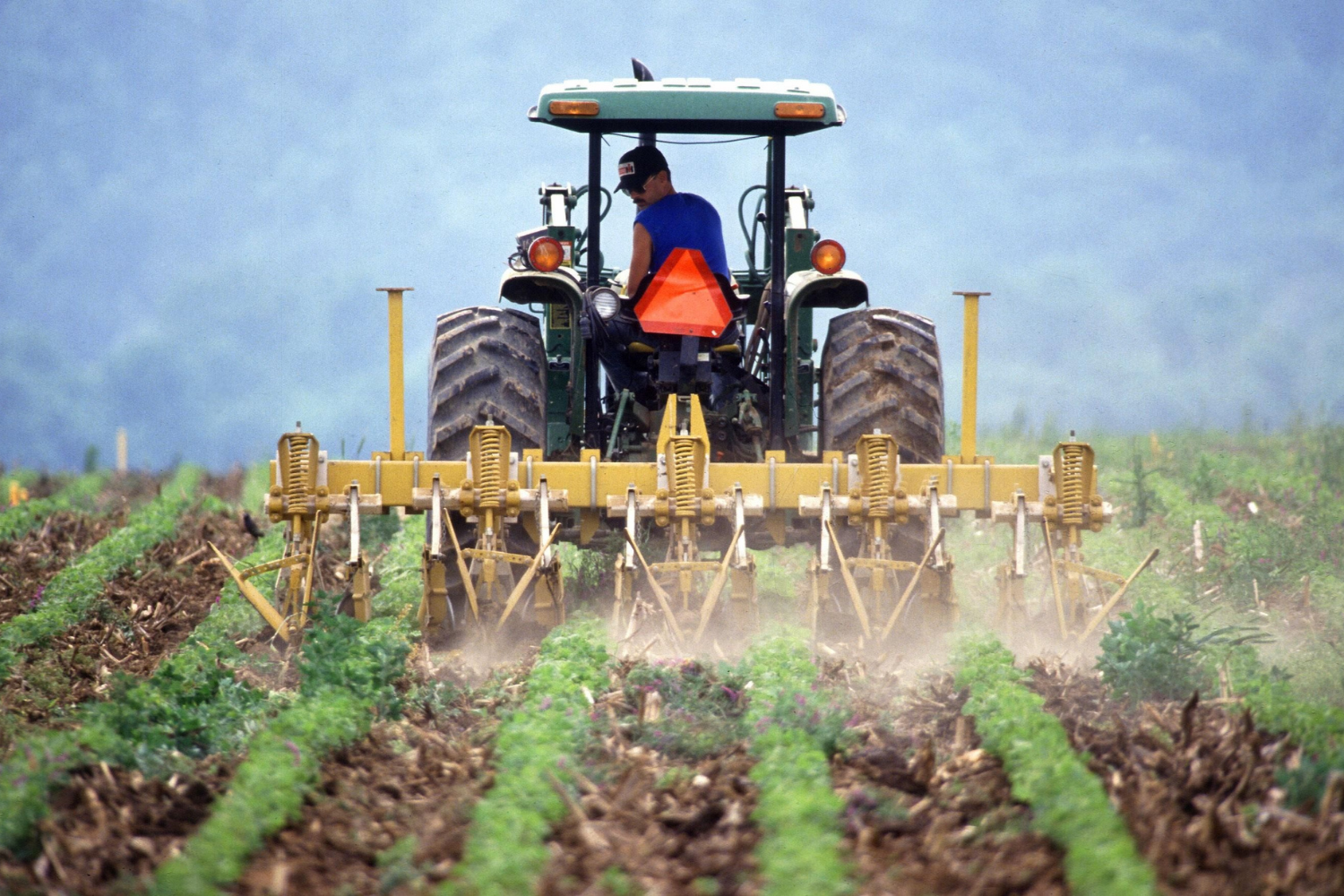
Both discourage the use of synthetic pesticides and fertilisers, helping to improve farm biodiversity and reduce the toxins we consume. But organic farming does allow some approved inputs (from natural sources), while regenerative farming tries to minimise all external inputs and rely on natural systems and processes (composting and animal waste).
Organic farming is a regulated certificated system with specific guidelines, so you know what has been used. Regenerative farming has no formal certification system yet as it is more of a holistic approach to farming and not yet regulated.
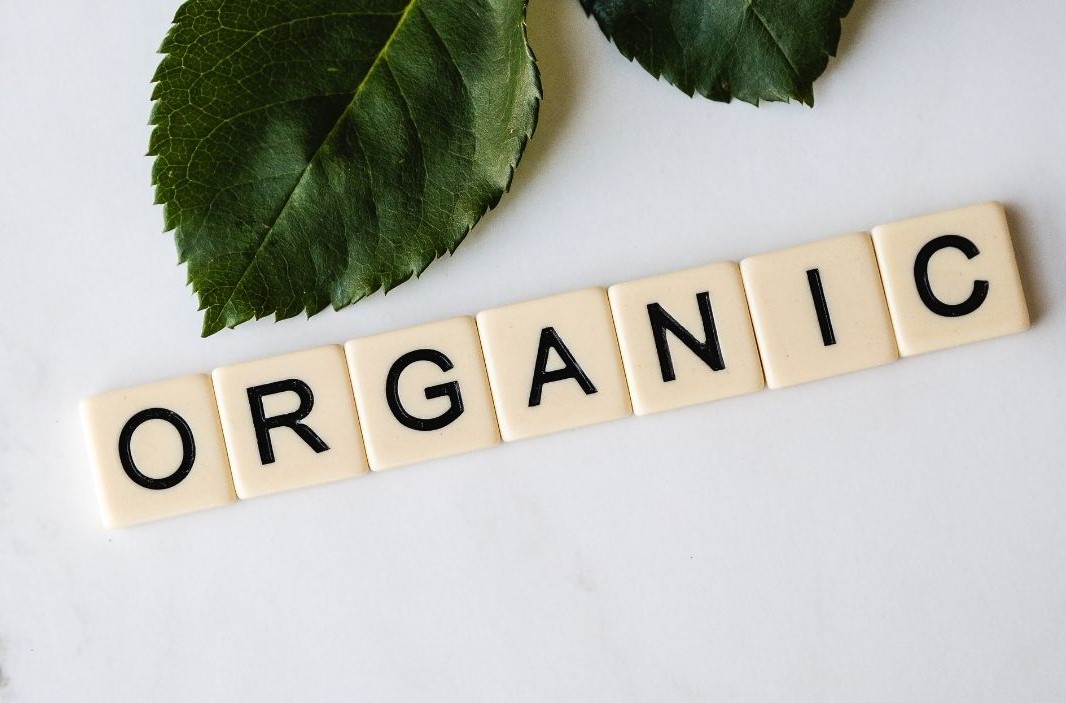
How can we eat regeneratively and help the movement?
Hopefully you think this all sounds great. But you’re probably thinking, ‘I’ve never even heard of this before, how do I know if my food is grown this way?’
At the moment, sadly there’s no easy way to know if your food is grown regeneratively, other than speaking to farmers. So if you have a local farmers market, chat to them about their farm and how it’s run to see if they are applying any of the basic principles of reduced tilling/ploughing, using cover crops, mob grazing with livestock and rotating crops. They may not be doing all of them, but if they are doing any, it’s a step in the right direction and should be supported.
If you can’t find any of these, organic is better than conventional.
If this isn’t possible for you, there are other ways you can help too:
Help make sure we’re all ready to take this up once it becomes more mainstream by learning more about regenerative farming and spreading the word with family and friends.
Support local farmers: buying food from local farmers not only supports the local economy, but it also helps to reduce the carbon footprint of your food as it hasn’t travelled long distances. Again, you can go to farmers markets, or even just look at the labels on your store produce, they will often say where the food is from, and you can choose to buy food grown in the UK and Europe and avoid foods from South America, the USA, Africa and Asia because of their carbon footprint from the transport.
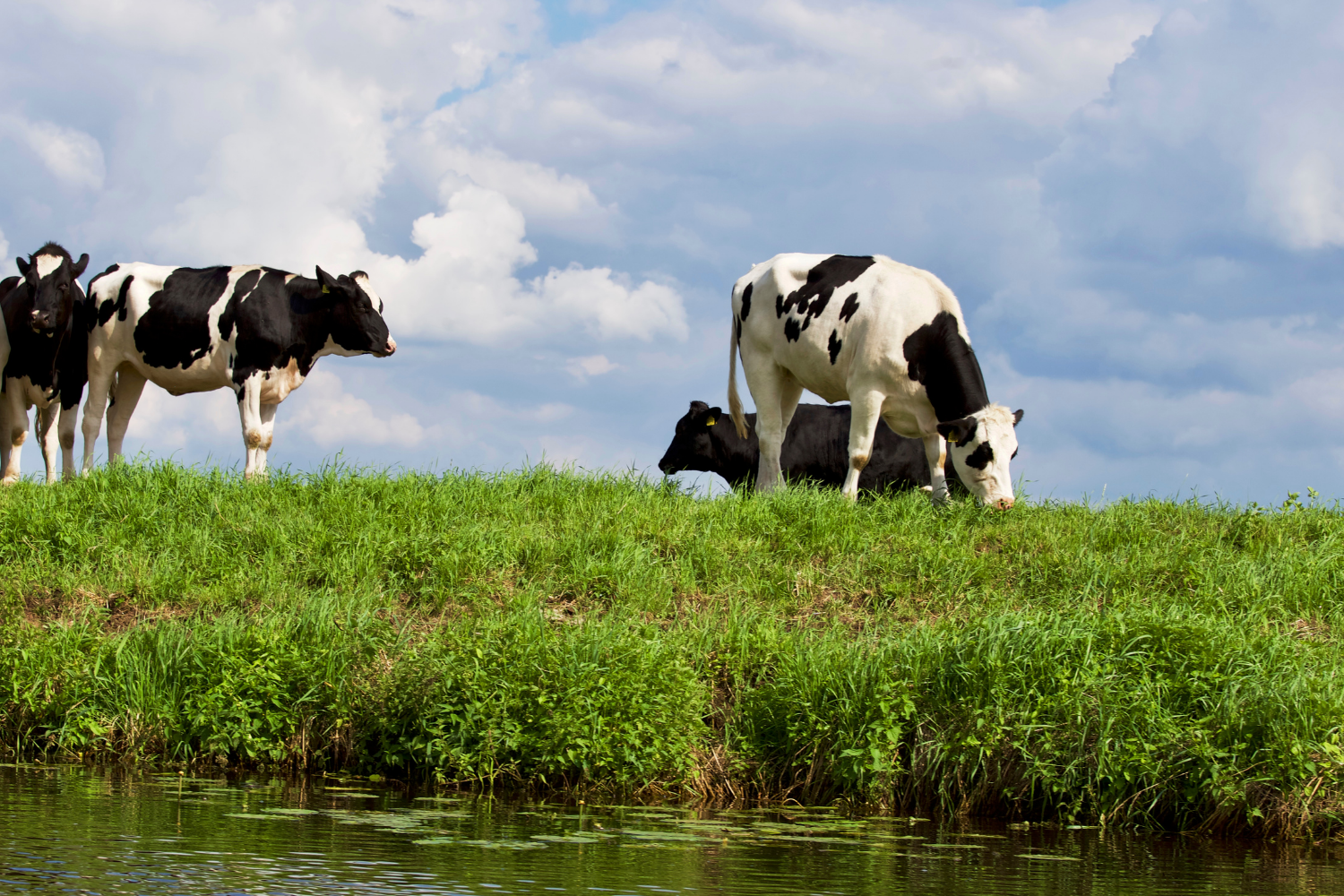
Get involved in local and national policy setting. Contact your elected officials and offer your support for policies that encourage regenerative agriculture, such as funding for research or tax incentives for regenerative farming practices. We can also ask for food producers to have to state where their food comes from as well as where it’s packaged.
Support charities that are promoting and spreading the message of regenerative agriculture. Many of these organizations work to provide resources, education, and funding to farmers who are transitioning to regenerative practices, as well as advocating for policy changes and increased public awareness. Donating to these charities or volunteering your time can make a real difference in advancing the regenerative agriculture movement. Some good charities to consider are Regeneration International, The Roedale Intstitute, The Land Institute and Kiss the Ground.
Your next steps and more info…
Let me know in the comments whether this has inspired you and whether you’re going to try any of the supportive actions above. Any action, no matter how small, will help push this important movement forwards!
If you’ve found this interesting, the documentary ‘Kiss the Ground’ on Netflix may be worth a watch as it’s all about how our soils can store enough carbon to save the world, and touches on regenerative agriculture. If you don’t have an hour and a half to watch this, check out my post which summarises the key points here…
If you want to learn more ways to be healthier whilst reducing your impact on the planet, sign up to my mailing list below and join my Facebook Group!
I share my knowledge, recipes (balanced, seasonal and eco-friendly), research on best choices and other tips, as well as my letting you know about how you can keep making small steps forwards.

Hey 🙂 I'm Sarah, a Nutrition and Behaviour Change Coach who focuses on helping people to eat in a way that's better for their health AND for the planet.
After a spell as an Accountant and Project Manager in London, I've returned to my scientific roots and now spend my time researching eco-options, helping people to shift their diet to a healthy, balanced one, and raising awareness about the importance of soil health for ourselves and our planet.
My main aim is to help people to start making some small (but significant) changes to the way they eat so they can enjoy all the benefits, like more energy, less sickness, reduced risks of future disease and less guilt - because we all need less stress and guilt in our lives! All whilst minimising our 'footprint' and helping preserve the planet for generations to come.
Having gone from being a vegetable hating, stressed out and sick corporate mum who felt constant guilt for not feeding her family properly and not doing enough for the planet, to a healthy, veggie loving and eco-minded mother with much less stress, I've been where you are and can definitely help you overcome your barriers and move forwards. What are you waiting for? Let's get started!
Check out my story here to get to know me a little better... or take a look at HOW I can help you on my Resources page.

